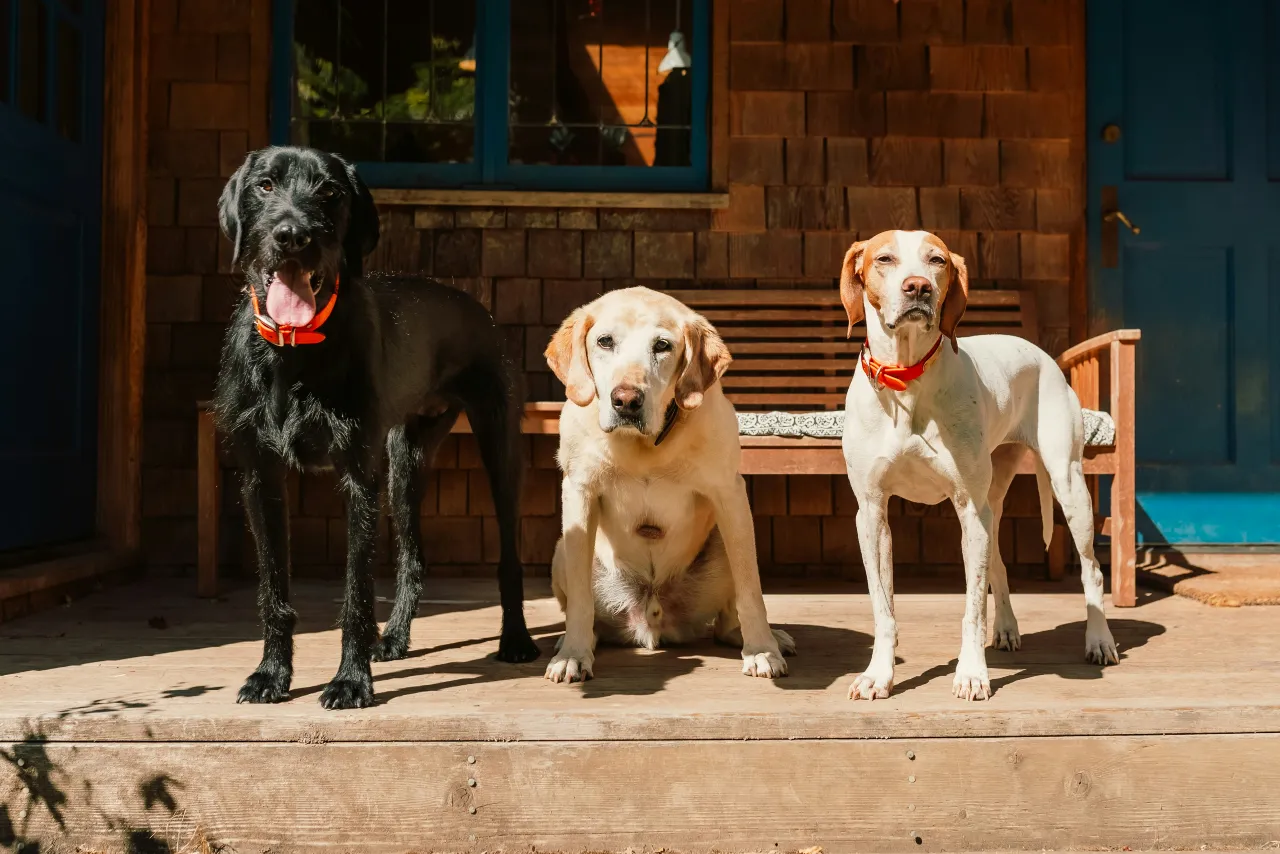Dogs are talking all the time. Not with words, but with tails, ears, eyes, and squishy little eyebrows that say more than most humans do on a Monday morning. At Off Leash K9 Training Tulsa, we know your pup isn’t just a pet. They’re your couch buddy, your walking partner, and probably the reason your camera roll is full.
Whether they’re pumped for playtime, unsure in a new space, or throwing shade with a side-eye from the couch, their body language gives you the inside scoop. Understanding what those wags and wiggles mean helps you build trust, stay ahead of behavior issues, and speak your dog’s love language without ever saying a word.
Let’s break down how to read dog body language.
The Conundrum of Canine Body Language
Canine body language isn’t a one-size-fits-all deal. Dogs rely on a full-body communication system that combines tail movements, facial expressions, posture, and more. And here’s the kicker: most dogs use multiple signals at once. That wagging tail might mean excitement or agitation, depending on what the ears, mouth, and eyes are doing at the same time. Popular belief says dogs are easy to read, but that’s only true if you know what to watch for.
Learning how dogs communicate through their bodies is essential for understanding their emotional state. This is especially important during training. At Off Leash K9 Tulsa, we teach dog owners to look at the whole dog, not just one signal. A relaxed dog might yawn, stretch, and slowly blink, while a nervous dog might look away, lick its lips, or raise one paw.
The Tail Tell-All
A dog’s tail is often the most noticeable signal, but it has multiple meanings. Let’s break down what tail wagging really says.
The Helicopter Wag
This is the tail spinning in wide, circular motions. You’ll usually see this when your dog spots a favorite human or hears the treat jar open. It’s a clear sign of a happy dog who is full of excitement.
The Nervous Noodle
A low, slow wag with a tense body might mean your dog is feeling unsure. If the rear end is crouched or the dog freezes when approached, it’s best to give them space.
The Alert Antenna
When a tail is high, still, or twitching at the tip, it often signals that the dog is on high alert. This could indicate confidence, but it could also suggest the dog feels threatened or needs more personal space.
Breed matters too. Tail docking and natural tail carriage (like curled-over Akita tails) change what a neutral position looks like. Learn your dog’s baseline so you can spot a shift in mood.
Dog’s Ears: Nature’s Mood Radars
Your dog’s ears are like emotional antennae. From floppy-eared sweethearts to pointy-eared shepherds, every ear shape still says something important.
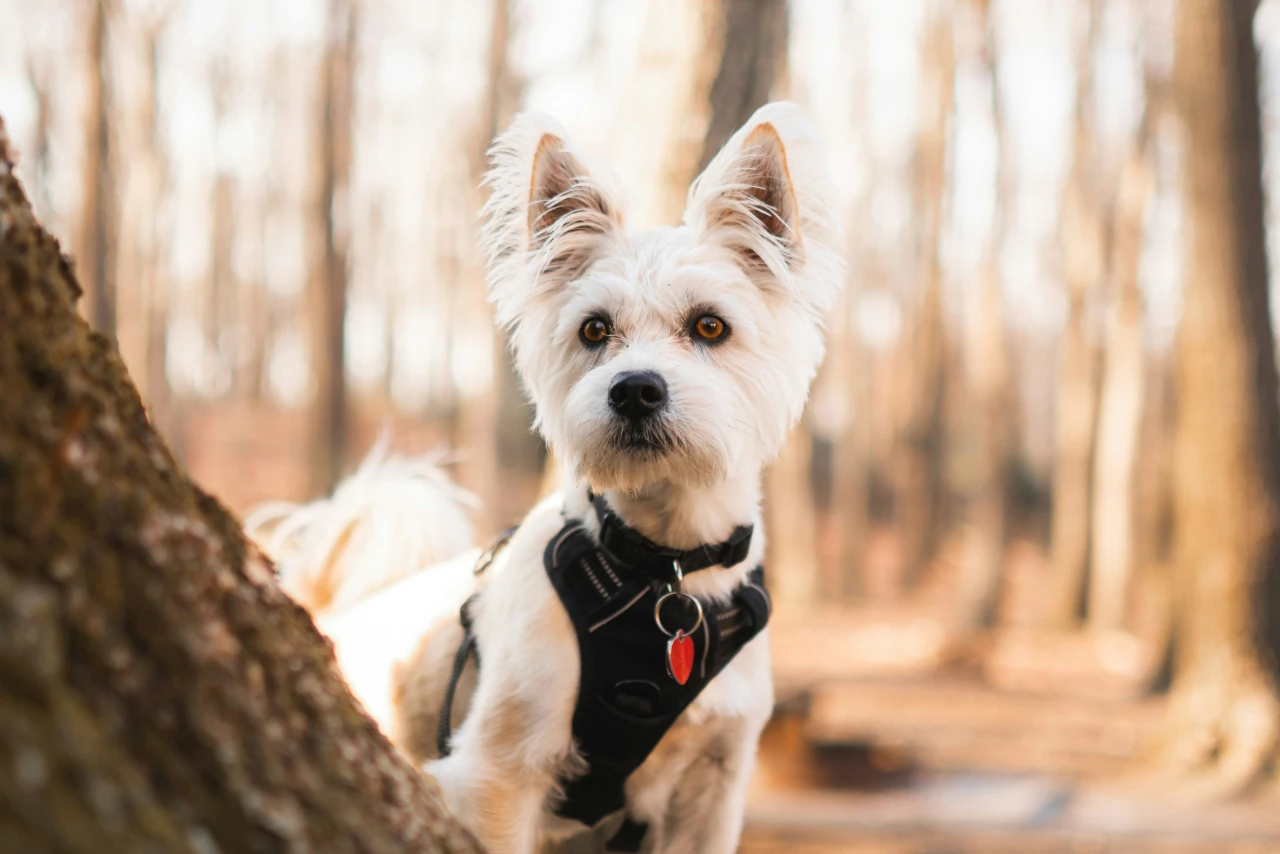
This means your dog is alert, curious, and focused. Confident dogs tend to push their ears forward when something catches their attention. It’s a “What’s that?” moment.
Airplane Mode
Ears held out to the sides or pinned back usually signal a nervous dog. This position can also be a calming signal, especially if paired with yawning or avoiding eye contact.
One Ear Up
When one ear pops up and the other stays down, your pup is trying to figure something out. It’s often seen when dogs hear unfamiliar noises or meet a new dog.
A Note on Floppy Ears
Breeds with floppy ears, like Beagles or Labradors, may not display clear ear movement. In these cases, look at the dog’s eyes and overall posture to understand how they feel.
Eyes: The Window Into Your Dog’s Emotional State
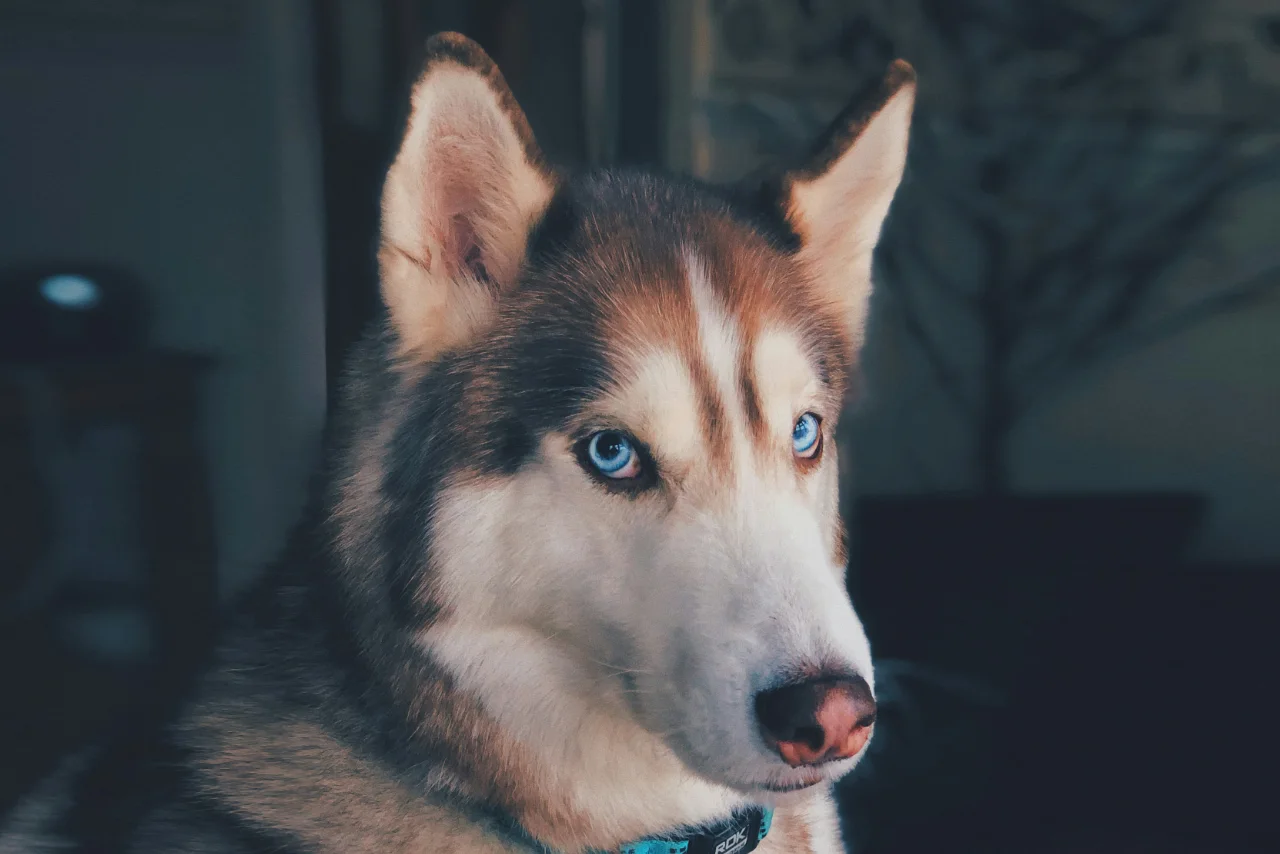
Dogs rely heavily on eye contact and subtle eye movements to communicate. Eye shape, pupil size, and gaze direction can all give clues.
Whale Eye
If you see the whites of your dog’s eyes, especially when they’re guarding a toy or avoiding you, that’s called whale eye. It’s a sign they feel uncomfortable in the situation.
Direct Eye Contact
Dogs tend to avoid direct eye contact with other dogs or humans unless they feel confident or are issuing a challenge. A relaxed dog may give soft glances, but hard stares with a stiff body can indicate aggressive body language.
Slow Blinks
Dogs use slow blinking as a sign of trust. Try blinking slowly at your pup. If they return the blink, congratulations—you’re officially part of their inner circle.
The Mouth Report
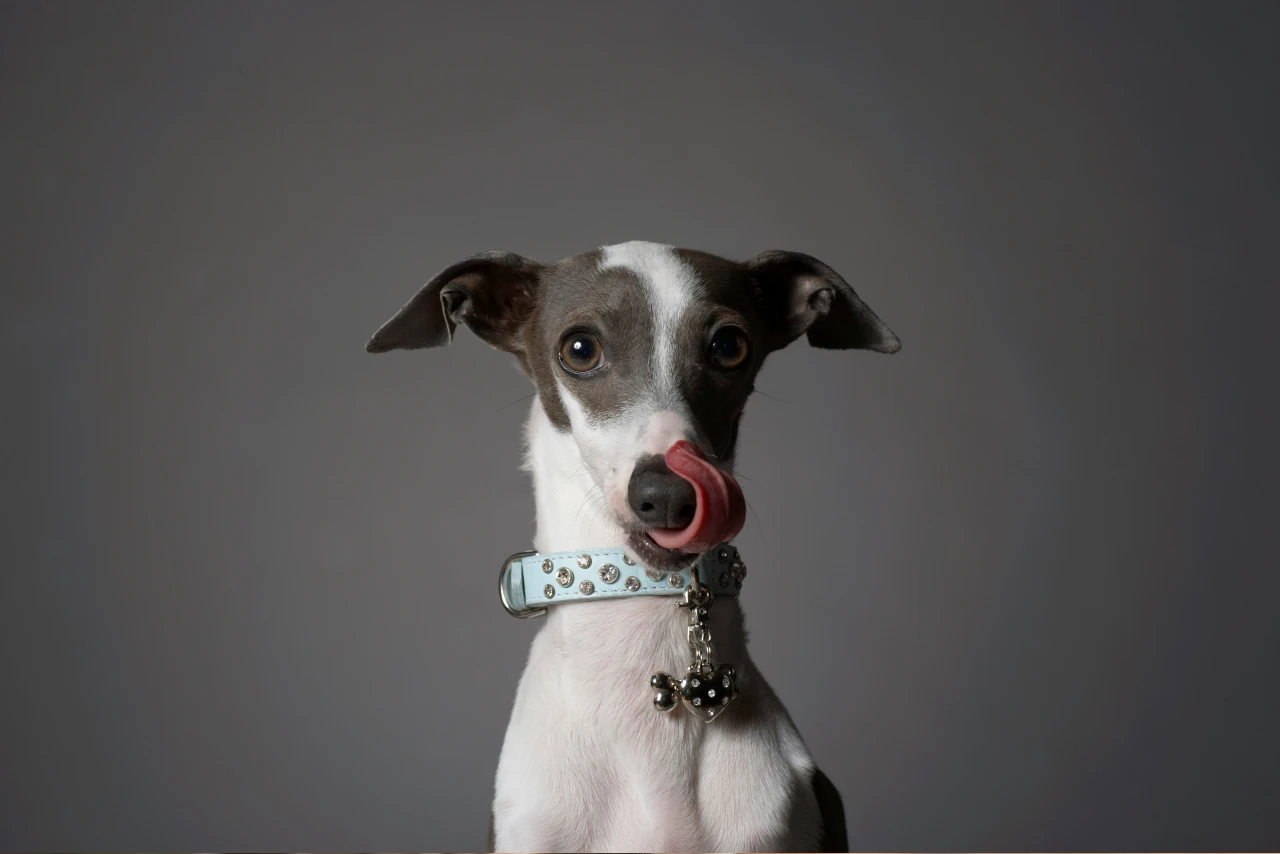
Your dog’s mouth can say a lot without making a single sound.
Mouth Tightly Closed
A closed mouth with tight lips and a wrinkled nose suggests your dog is tense. This is often a sign of discomfort or nervous anticipation.
Slightly Open and Loose
If the mouth is relaxed and slightly open with a loose tongue, your dog is likely feeling calm. This is often seen when they’re lounging, walking happily, or getting pets.
Lip Licking
Licking lips isn’t just for dinner time. Dogs lick their lips when they feel anxious or uncertain. It’s one of many calming signals dogs use when they’re trying to avoid conflict.
Front Teeth on Display
Some dogs show their front teeth when excited, which can look a little intense. It’s different from a snarl because their eyes and posture remain soft. Know your dog’s normal expressions so you can spot real threats versus quirky smiles.
Posture and the Whole Dog
Posture is a critical part of dog communication. The body tells you just as much as the face, ears, or tail.
The Play Bow
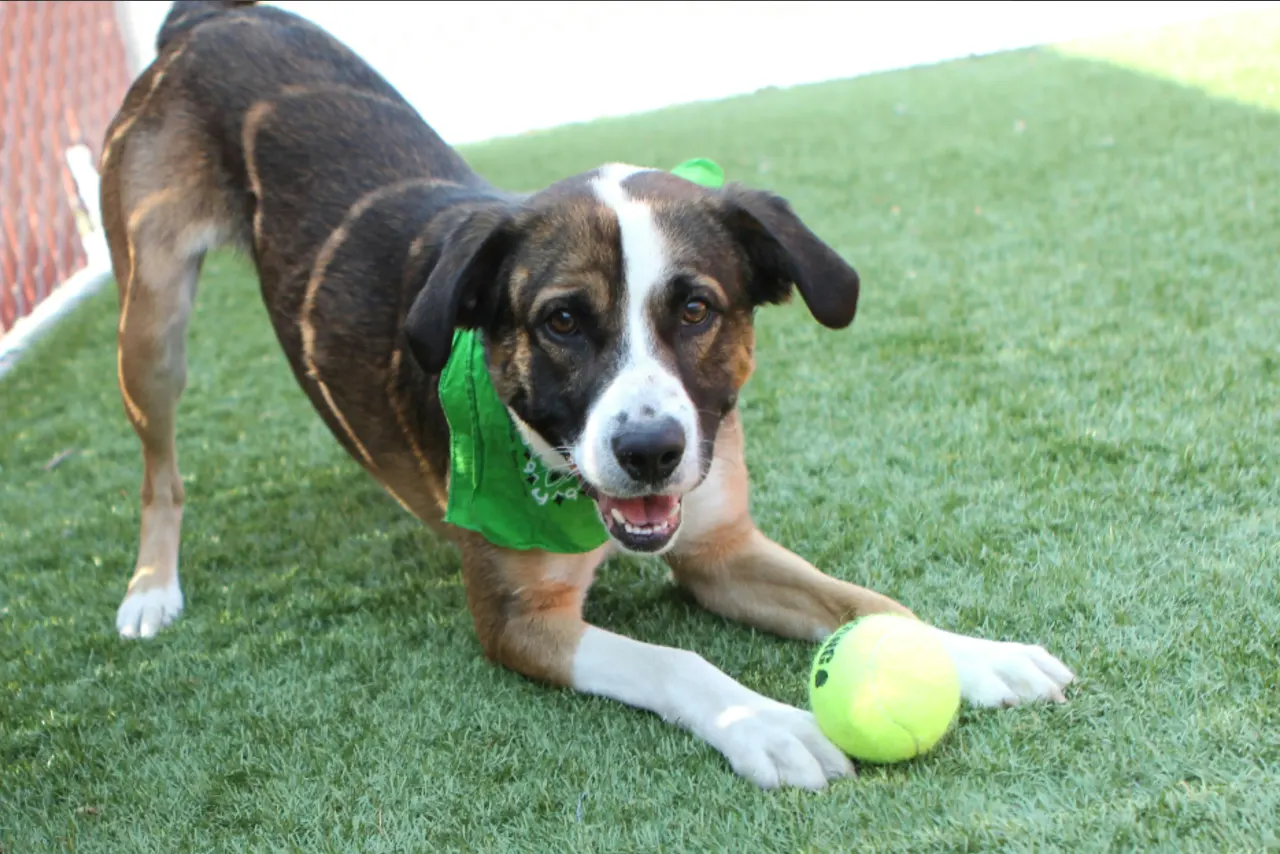
This one is obvious. Front legs stretched, rear end in the air. It’s the universal signal that says “Let’s have fun.” You’ll see it during play with humans or other dogs.
The Crouch
A lowered body with the tail tucked often means the dog is scared or overwhelmed. A nervous dog might try to make themselves look smaller in an uncomfortable situation.
The Freeze
When a dog suddenly stops moving, it means they are processing a situation. If they feel threatened or cornered, this can quickly escalate. Watch for other signs like raised hackles or a stiff tail.
Raised Hackles
This is when the fur along the back stands up. It can signal arousal, but not always aggression. A dog might raise hackles when excited, afraid, or unsure. Pay attention to what else the dog is doing.
Secret Signals You Might Miss

Dogs often use self-grooming, stretching, or looking away as calming signals. These are their way of saying “I’m not a threat” or “Give me a second.”
- Yawning when not tired
- Sudden sniffing during a tense moment
- Turning the head or body away
- Licking the lips quickly
These small signs are easy to miss but incredibly important for reading your dog’s emotional state.
Danger Signs to Never Ignore
Some behaviors should always get your full attention. These signals suggest your dog is overwhelmed or preparing to react.
- Tail high and vibrating
- Body leaning forward with stiff posture
- Growling or curling lips
- Mouth tightly closed with hard eyes
- Front paw lifted while staring
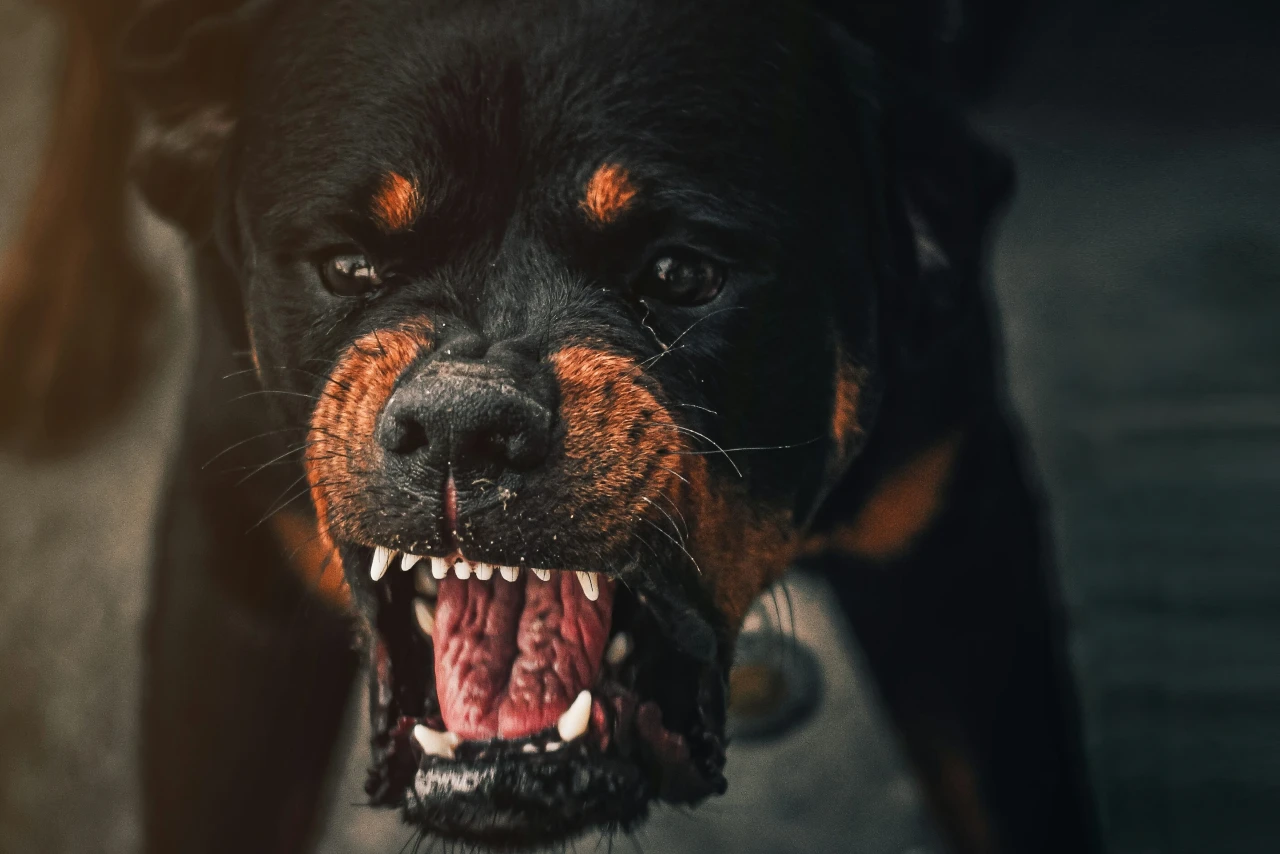
If you notice several of these at once, step back and assess the situation. Remove the trigger if possible and give your dog space. If these behaviors continue, contact a trainer for support.
What to Do When You Spot Stress Signals in Your Dog
When your dog shows signs of distress, your response can either help them recover or accidentally make things worse. Here’s exactly what to do—and what not to do—when you notice stress behaviors:
Immediate Actions
1. Stay Calm Yourself
- Dogs mirror our energy. If you tense up or panic, they’ll feel more unsettled.
- Do: Take a deep breath and relax your body language.
- Don’t: Baby them with high-pitched “It’s okay!” (This can reinforce their anxiety.)
2. Create Space
- If possible, increase distance from the stress trigger (other dogs, loud noises, etc.).
- For leashed dogs: Walk in a curve away from the trigger—never pull straight back.
3. Offer an “Out”
- Let them disengage. If they hide behind you or try to leave, allow it.
- Example: At the dog park, don’t force interaction if they’re avoiding other dogs.
4. Redirect Gently
- Use a calm, familiar cue to shift their focus:
- “Find it!” (Scatter treats on the ground)
- “Touch” (Nose to your hand for a treat)
- Avoid: Overwhelming them with commands.
Long-Term Solutions
For Frequent Stress:
- Identify triggers (keep a log of when stress occurs).
- Gradual exposure: Use counterconditioning (pair triggers with high-value treats before they react).
- Consult a trainer if stress leads to:
- Aggression (growling, snapping)
- Destructive behavior
- Excessive hiding/avoidance
For Situational Stress (Vets, Car Rides, etc.):
- Prep with “happy visits”: Go to the vet just for treats, then leave.
- Create positive associations: Feed meals near scary objects (e.g., vacuum cleaners).
What NOT to Do
Punish stress signals (like growling)—this removes their warning system.
Flood them: Forcing them to “face fears” without preparation.
Coddle excessively: Petting and saying “poor baby” can reward fearful behavior.
When to Seek Help
Contact a professional if your dog:
- Shows prolonged stress (panting/shaking for over 30 mins after the trigger is gone)
- Exhibits sudden behavior changes
- Displays aggression (even if “just once”)
Pro Tip: Our trainers at Off Leash K9 Tulsa specialize in stress-free training plans. Book a consult to build your dog’s confidence safely.
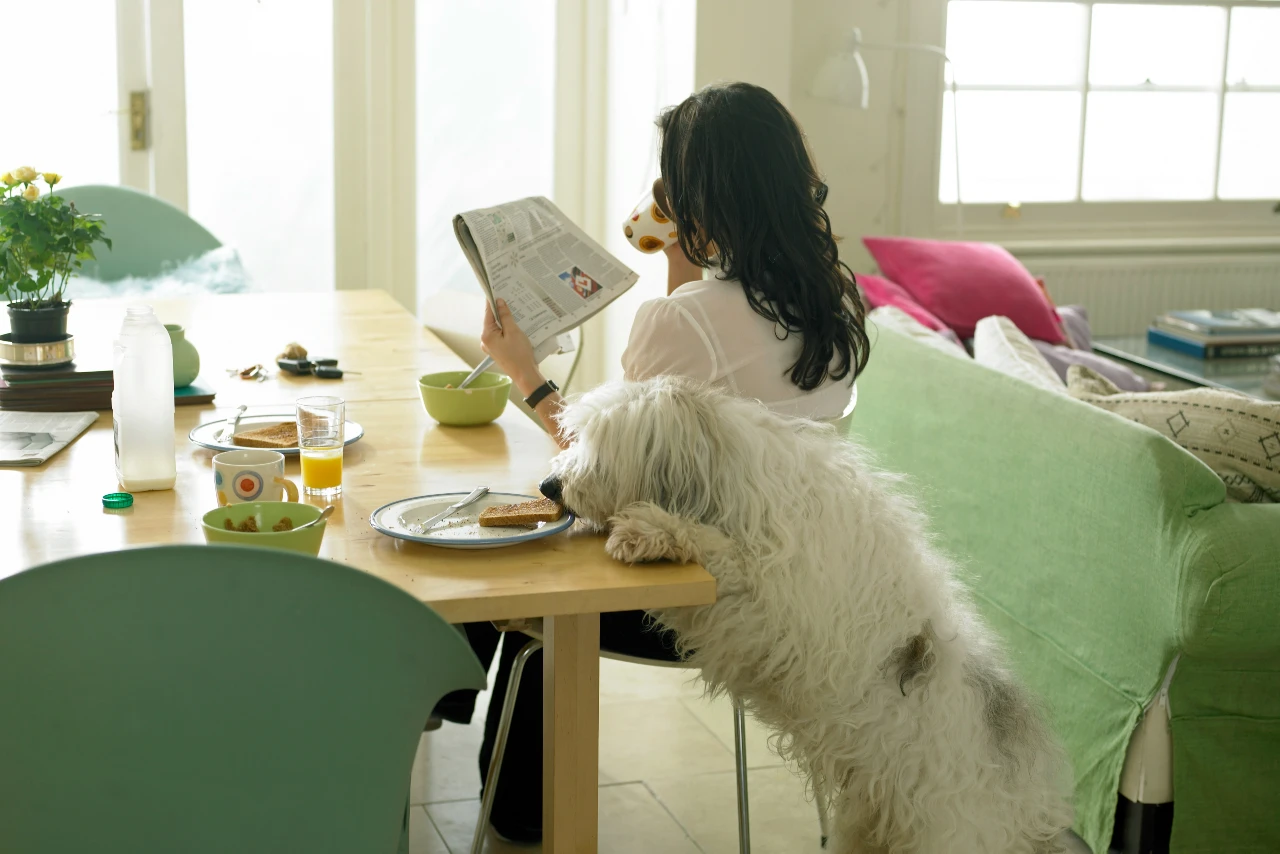
Off Leash K9 Tulsa Training Options
Once you understand how to read your dog’s body language, everything else becomes easier. Training clicks faster. Communication feels smoother. And your dog finally feels like they’re getting what you mean.
Our most popular training programs include:
- Basic Obedience
Foundational commands like sit, down, place, come, and heel, taught with clarity and consistency. - Advanced Off-Leash Obedience
Reliable recall and control even in distracting environments. Great for confident dogs who like to push boundaries. - Therapy Dog Prep
Teaches calm behavior in public and builds the confidence your dog needs to support others. - Behavior Modification
Ideal for dogs with anxiety, reactivity, or past trauma. Tailored sessions for lasting progress. - Puppy Training
Covers crate training, leash skills, housebreaking, and early commands to build healthy habits early.
At Off Leash K9 Tulsa, we offer programs that build trust and control in real-world environments, not just in a quiet training room.
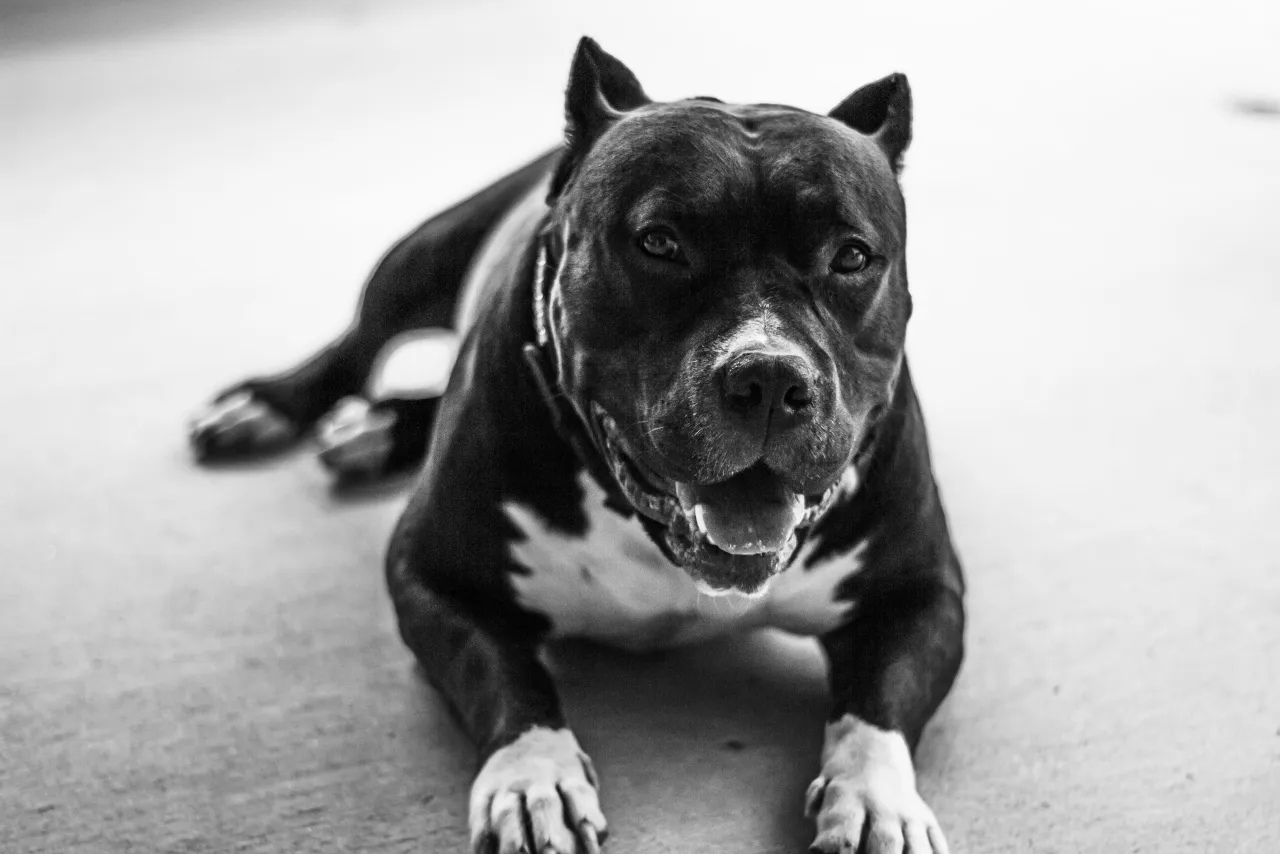
Reading Your Dog’s Body Language Changes Everything
Learning how to read dog body language is not just about becoming a better trainer. It’s about building a real relationship. When your dog’s head lowers, their mouth closes, and their tail starts to wag in a strange, slow rhythm, you won’t have to guess what they’re feeling. You’ll know when a wagging tail means excitement, when it signals uncertainty, and when it’s time to step in.
Understanding body posture, subtle displacement behaviors, or even a dog’s yawn can help you identify a fearful dog before they react. You’ll notice when a dog is uncomfortable long before the situation escalates. And when a dog approaches you with cautious curiosity, you’ll know how to respond based on their mood, not just their movement.
At Off Leash K9 Tulsa, we help you interpret canine behavior from the first lesson. Because once you can read your dog’s emotions and body language clearly, training becomes smoother, safer, and way more rewarding—for both of you.
Let’s get you and your dog speaking the same language.
Contact us today to schedule your free consultation and learn how Off Leash K9 Tulsa can help you unlock the power of clear, confident communication.

